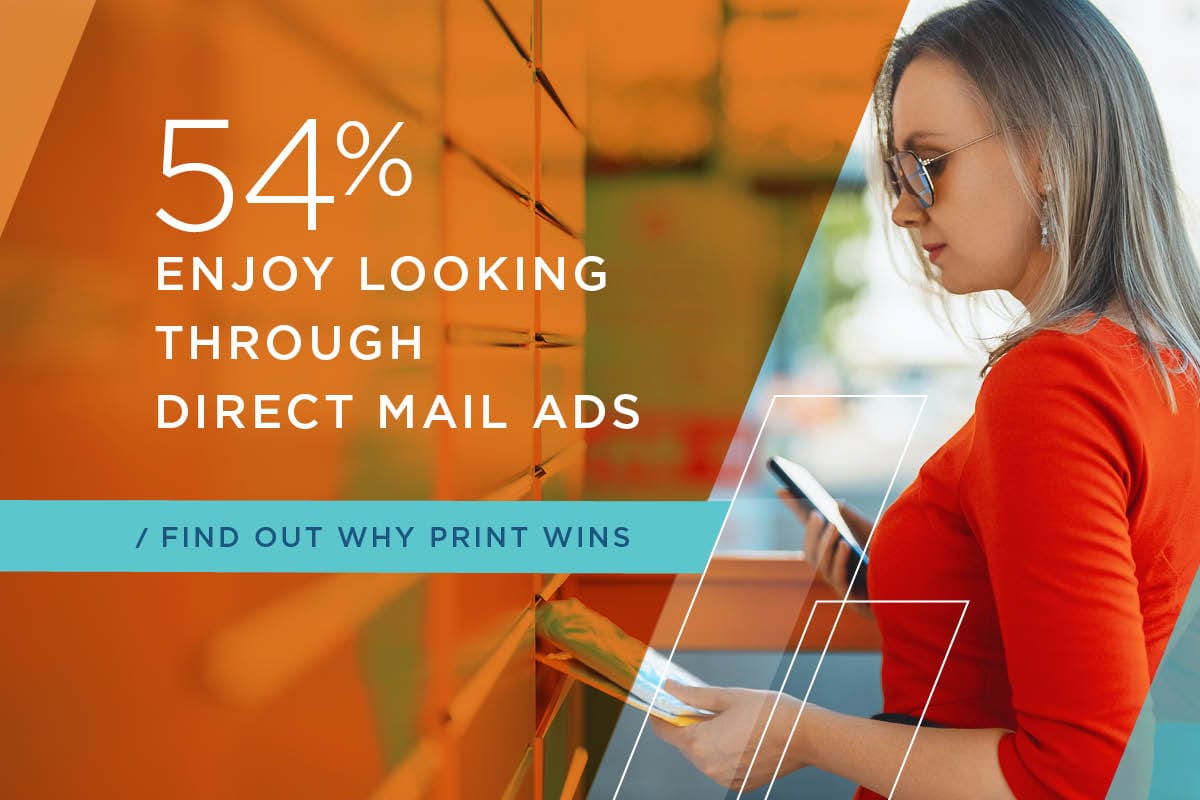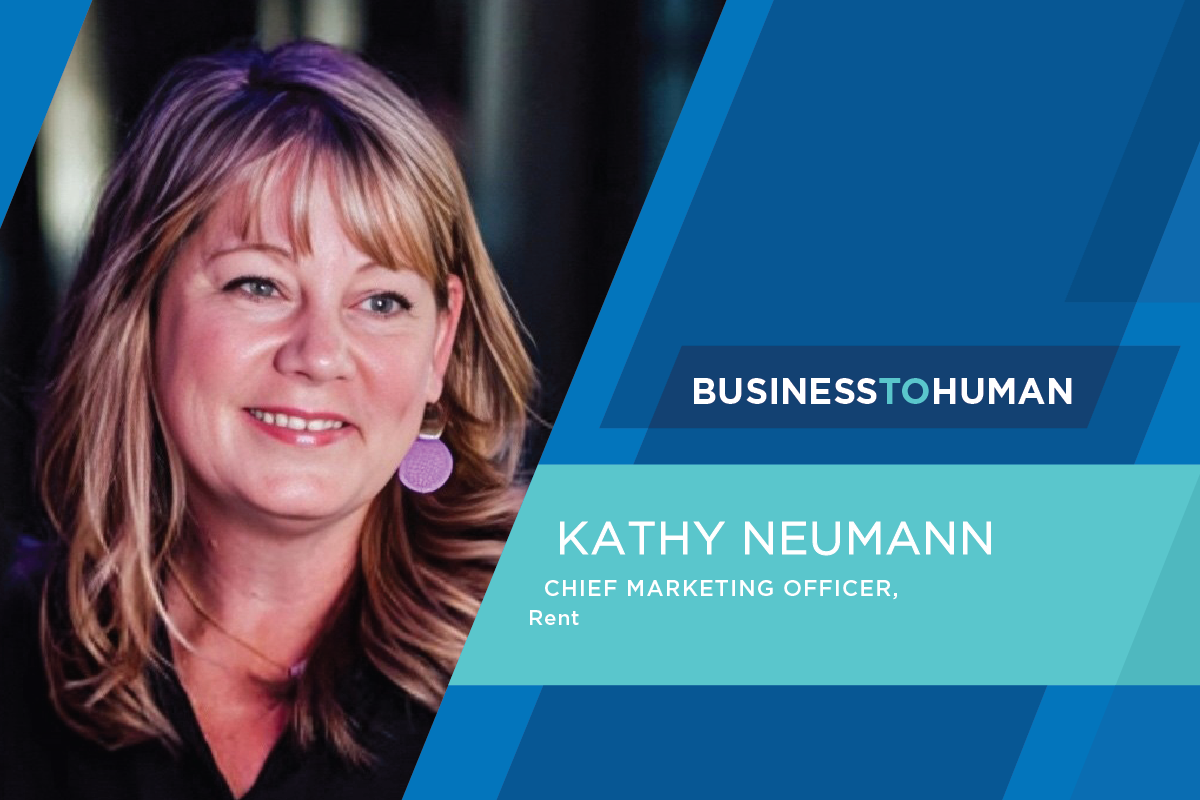Summary
- As of December 2021, inflation hit a nearly four-decade high.
- And the impact of price increases is shared by businesses and consumers, presenting challenges for marketers seeking to make the right moves and remain relevant in the current environment.
- Read on for advice to remain connected with your consumers during these inflationary times.
Marketers are in the perfect storm
Consumers were already tentative and uncertain about the economy. Now, inflation has hit a 39-year high as of December 2021, driving up costs for everything from restaurant meals to electronics. And the vicious cycle of labor shortages and supply chain issues has created product and service delivery challenges for just about every sector.
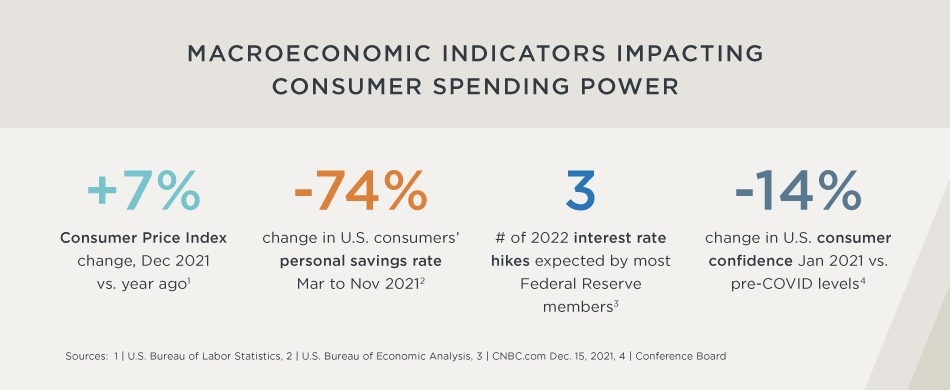
You know the headlines.
And you probably know the marketplace realities they have created.
What you may still be struggling with is the shape and form that your marketing should take during these turbulent times.
What not to do as stuff hits the fan
It’s tempting to just keep your head down until this whole thing blows over. After all, why promote what may or may not be available to sell? Plus, reducing marketing spending can go directly to your bottom line, right? Of course, you will also need to raise prices to cover the increased cost of delivery — gas, supplies and labor.
The problem is this combination of going quiet and increasing your prices could leave you out of sight, out of mind and out of the purchase decision altogether.
You may save some costs in the short run, but at the expense of long-term loyalty, and maybe even erode awareness too. This strategy could well make your product optional to the point of being forgettable, depending on how long these conditions go on.
For example, quick service restaurants near highways and catering to travelers are likely to see reduced traffic because higher gas prices are keeping people at home more. And those who do venture out are more likely to see those burgers and fries as optional due to tighter wallets.
These are the ideal conditions for smart marketers to swoop in and make themselves top-of-mind between (now fewer) trips, to win (now more limited) trips and to establish themselves as the (now new) go-to for trips well into the future.
Finally, simply passing along price hikes runs the risk of losing consumers forever. As they become increasingly less willing to tolerate higher prices, demand may weaken and buying habits may change, possibly for the long term. In the best case, consumers will increase their deal-seeking behaviors, intensifying the quest for market share. In the worst case, consumers may adopt new behaviors that leave your category or brand in the cold altogether.
Instead of going quiet and risking irrelevance, here are three marketing strategies tailor-made for inflationary times:
Focus on staying top of mind
Brands that invest in marketing and innovation during economically difficult times are in position to win the day when consumer buying habits inevitably shift. Some short-term losses are likely in this environment. But the question is whether those losses will continue after inflation settles and supply chains normalize, or rather, will those losses be an investment in maintaining brand awareness and keeping loyal customers.

Cater to the need to save
More and more consumers will exhibit value-seeking behaviors and grow to value even more those brands that deliver uncomplicated savings. If you offer a deal, you will not only meet a real need, but you will also play to the heart.
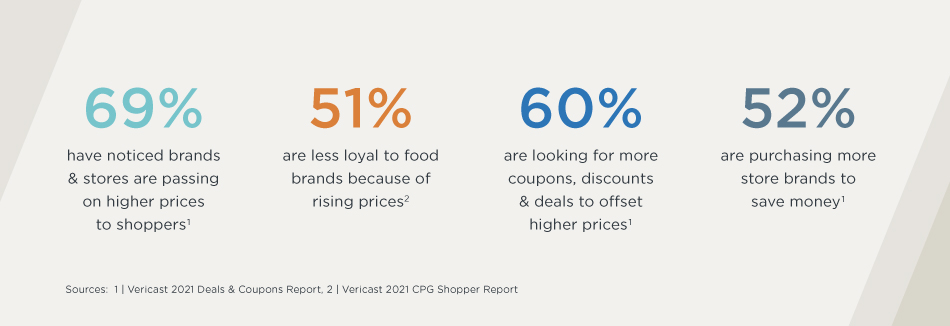
Using coupons and other incentives may be exactly what is needed to attract shoppers who are ready to trade down or even skip the purchase altogether. And in the process of securing the sale, you’re likely to improve satisfaction and get on their list for the next purchase.
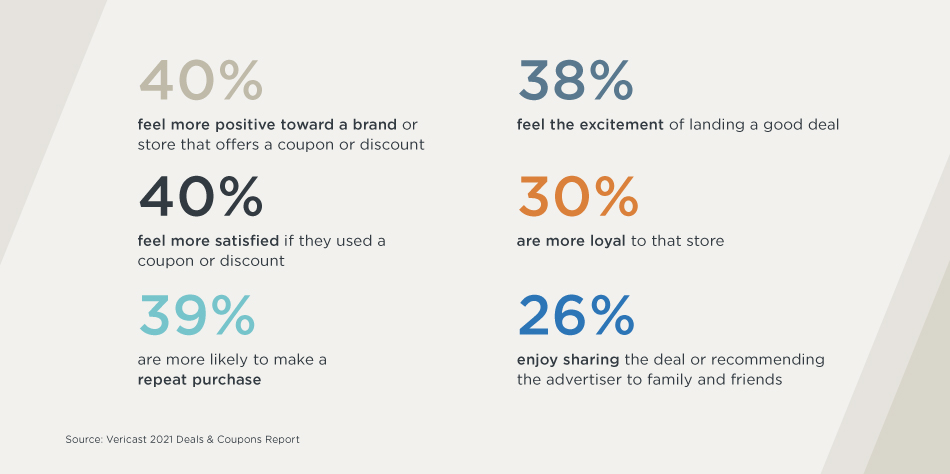
Lean in on technology for smart advertising
Labor issues and supply chain disruptions have made it so that at times, there may be no product to sell even if consumers are in the mood to buy. Restaurants and retailers have abbreviated store hours, grocery stores deal with recurring out-of-stock items and some products, like cars and electronics, take extra time to be delivered. So, it is particularly important to match your marketing to the available inventory and maximize sales opportunities in this environment. Making that happen is a matter of working smarter, not harder.

- Target the inventory. Marketing technology allows you to automatically turn ads on and off based on when and where the product is available. Not only does this minimize ad waste, but it also reduces consumer frustration.
- Hyper target your best audiences. Advertising is much more effective if you zero in on your ideal audience – from switchers to loyalists – based on their purchase intent, interests and location data, instead of just casting a wide, indiscriminate net.
- Diversify channels. Instead of concentrating your advertising power with a couple of big outlets, strategically use a range of options and maintain the flexibility to target areas with better inventory levels. For CPG brands, this could mean delivering off-retail media impressions to avoid the risk of committing a build of your advertising to retailer network(s) where stockouts may be more concentrated.
Connecting your brand to consumer needs
As tough as it may be to effectively advertise with these economic headwinds, times are particularly tough for consumers right now. And the more empathy a brand can have and show, the more impact it will have.
While the exact tactics may vary, going quiet is the last thing you should do.
To dig into how you can connect to consumers’ purchasing priorities this year, check out “3 Big Consumer Priorities for 2022.”
Matthew Tilley is executive director of content marketing for Vericast and leads content marketing for the company. He has more than 20 years of experience in digital advertising and consumer promotions to develop, communicate, and distribute ideas to make modern marketers more effective.

